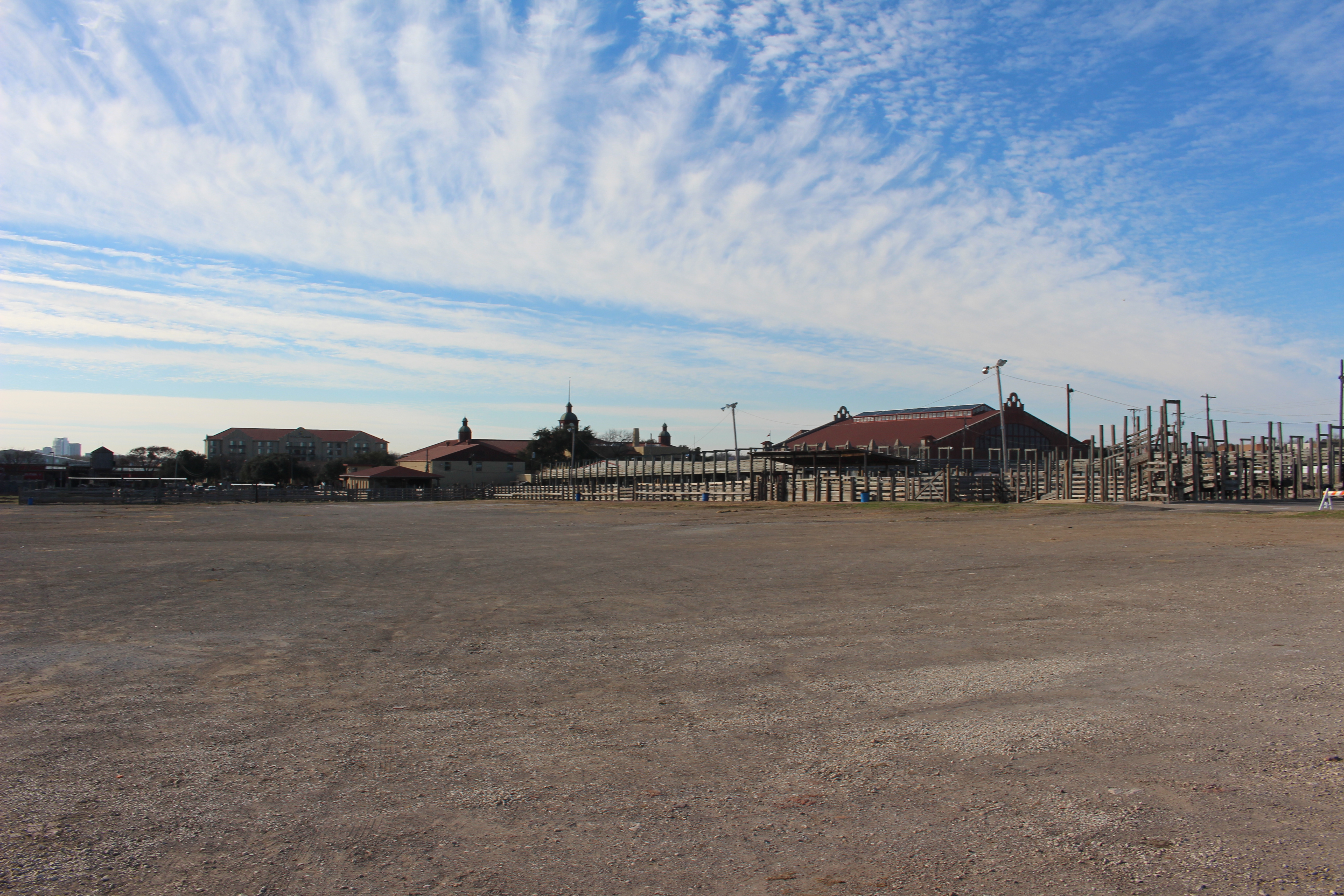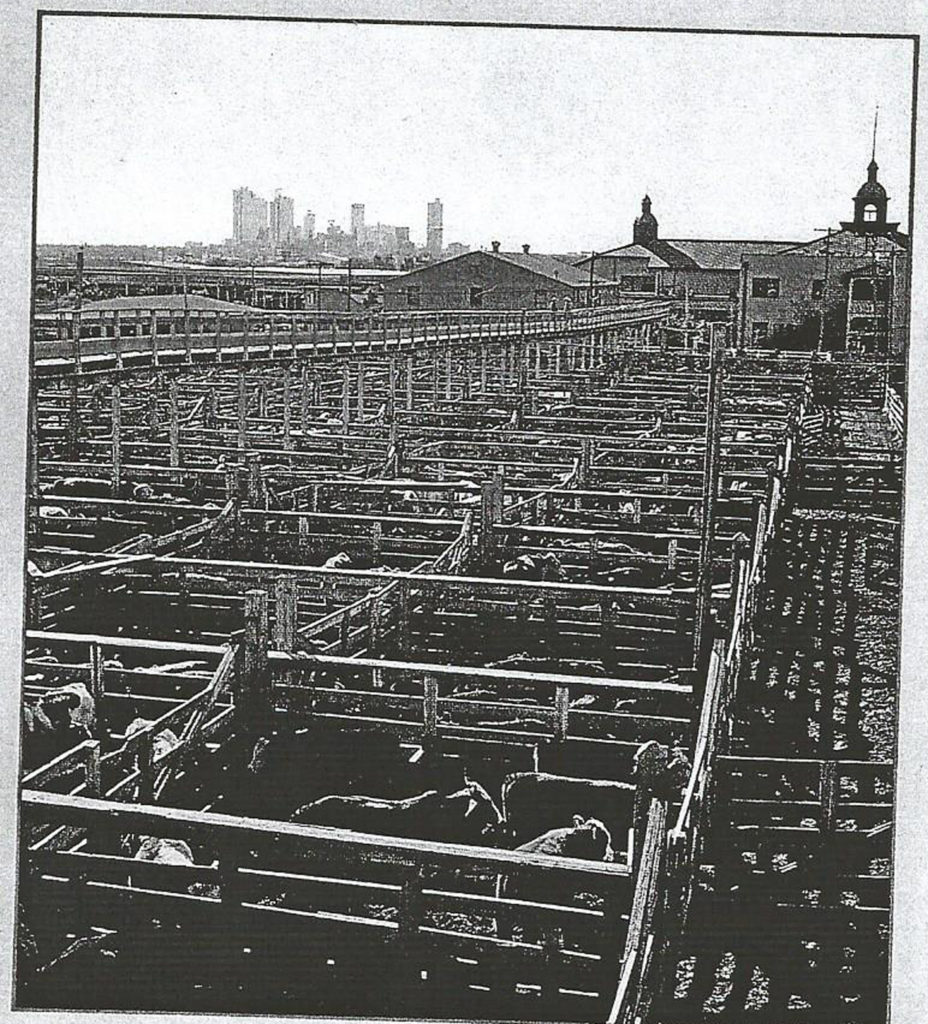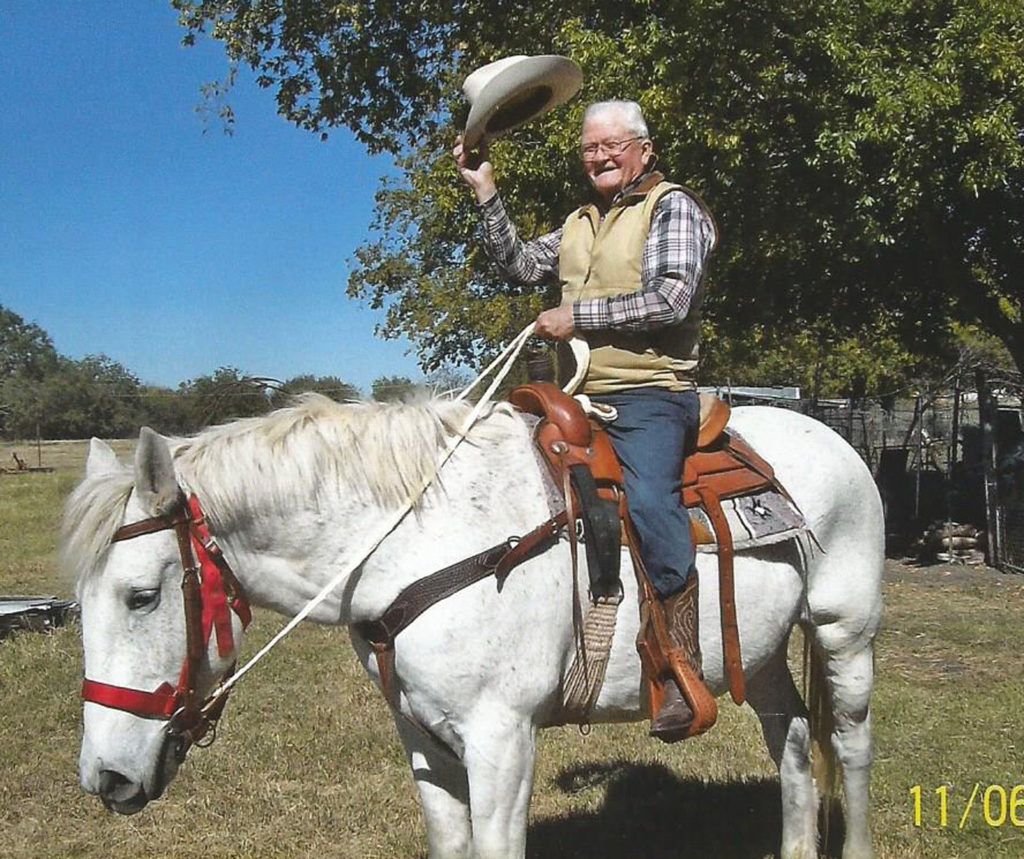Farm & Ranch
Recollections from the Last Fort Worth Stockyard Cowboy – Billy Campbell

By Jessica Crabtree
In present day, the Fort Worth Stockyards on North Main and Exchange Street in downtown Fort Worth boasts store after store of specialty items, fine eating establishments and a Longhorn cattle drive right down Exchange Street twice a day.
By night, the Stockyards turn into an atmosphere of lights and people electrified by music and taverns for entertainment. Perhaps the lure to people is the nightlife, entertainment or the historical ambiance the streets portray.
In the late 1800s, Fort Worth became a center for cowboys driving cattle north and south. Fort Worth was a point of rest and relaxation before saddling up and fighting the dust, heat, cold and cattle of the trail. Totaling more than four million cattle, between 1866 and 1890 cowboys pushed cattle through Fort Worth sealing its fate as “Cowtown.” In 1876 the railroad arrived in Fort Worth, securing the city’s prominence as a prosperous and industrialized city.
Becoming a major shipping point in 1887, the city or George and June Polk built the first stockyards naming it Union Stockyards, situating it only miles north of the Tarrant County Courthouse and just east of the railroad track close to Main Street. Following the establishment of the stockyards, a man arrived promoting a packing house.
Local businessmen saw the opportunity for great development within their city rather then sending cattle off to slaughter elsewhere. After three attempts with three different owners, methods and adversities, the packing house industry was a failure until Ogden Armour, the son of the owner of the packing house Armour Packing Company, met with Louville N. Nile from the stockyards and was convinced he could make a packing house work and agreed to expand and improve the established facilities.
To read more pick up a copy of the March 2017 NTFR issue.
Farm & Ranch
Managing Show Cattle Through The Winter

By Heather Welper
Husband and wife duo, Heather and Calvin Welper, are the Co-Owners and Operators or Two C Livestock, located in Valley View, Texas.
The pair’s operation has a show cattle focus where they raise and sell purebred heifers of all breeds and club calf Hereford steers.
When it comes to show cattle, the Welpers know a thing or two including how to prepare for the cold winter months and the Texas major show season run.
To read more, pick up a copy of the November edition of North Texas Farm & Ranch magazine, available digitally and in print. To subscribe by mail, call 940-872-5922.

Farm & Ranch
Double M Ranch & Rescue

By Hannah Claxton, Editor
As the sun rises each day, so do the dozens of mouths that Meghan McGovern is responsible for getting fed. Rather than the sounds of a rooster crowing, McGovern hears the bellows and bleats of a variety of exotic deer, the chortle of kangaroos, the grunts of water buffaloes, and the chirps of a lemur.
Nestled against the banks of the Red River, the Double M Ranch and Rescue, with its high game fences and deer sprinkling the landscape,s its in stark contrast to the surrounding ranches.
“Having deer is kind of like eating potato chips- you can never actually have just one,” said McGovern with a laugh.
McGovern has several herds to take care of- fallow deer, axis deer, water buffalo, goats, and bison. In smaller numbers, there’s also a few kangaroos, a lemur, a potbelly pig, a pair of zebras, a watusi, and a few horses.
To read more, pick up a copy of the November edition of North Texas Farm & Ranch magazine, available digitally and in print. To subscribe by mail, call 940-872-5922.

Farm & Ranch
Acorn Toxicity

By Barry Whitworth, DVM, MPH
With the prolonged drought, most pastures in Oklahoma end up in poor condition. With the lack of available forage, animals may go in search of alternative foods.
If oak trees are in the pastures, acorns may be a favorite meal for some livestock in the fall. This may result in oak poisoning.
Oak leaves, twigs, buds, and acorns may be toxic to some animals when consumed.
To read more, pick up a copy of the November edition of North Texas Farm & Ranch magazine, available digitally and in print. To subscribe by mail, call 940-872-5922.

-

 Country Lifestyles2 years ago
Country Lifestyles2 years agoScott & Stacey Schumacher: A Growth Mindset
-

 Country Lifestyles8 years ago
Country Lifestyles8 years agoStyle Your Profile – What your style cowboy hat says about you and new trends in 2017
-

 HOME8 years ago
HOME8 years agoGrazing North Texas – Wilman Lovegrass
-

 Outdoor10 years ago
Outdoor10 years agoButtercup or Primrose?
-

 Country Lifestyles5 years ago
Country Lifestyles5 years agoAmber Crawford, Breakaway Roper
-

 Country Lifestyles9 years ago
Country Lifestyles9 years agoJune 2016 Profile – The man behind the mic: Bob Tallman
-

 Country Lifestyles8 years ago
Country Lifestyles8 years agoDecember 2016 Profile, Rusty Riddle – The Riddle Way
-

 Equine1 year ago
Equine1 year agoThe Will to Win






